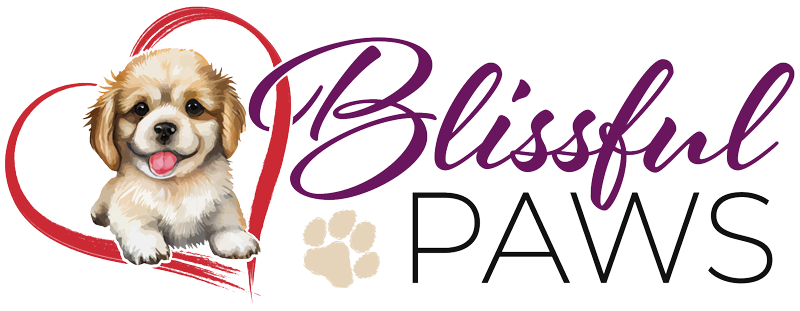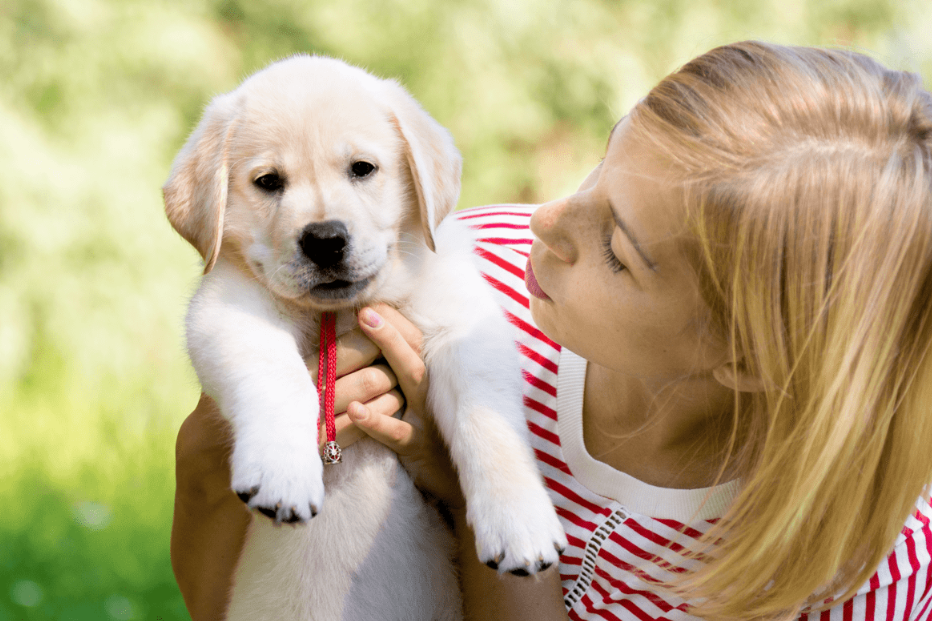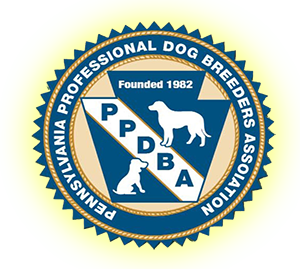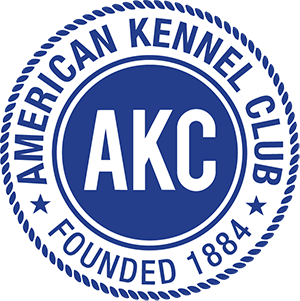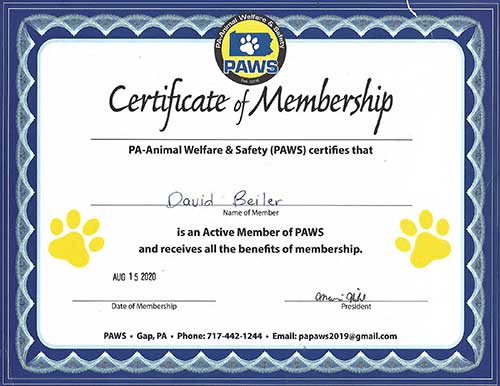Looking to adopt a new furry friend? The first things you will need before bringing your puppy home will be collars, leashes, and ID tags. These are vital items you need to ensure your puppy’s safety and allow you to begin training as early as possible. Finding the right options for them depends on how your puppy is expected to grow and behave. Here is your guide on choosing the appropriate collar, leash, and ID tag for your new puppy.
Collars
Flat & Adjustable Collars
There are many different types of collars made, finding the right one for your puppy depends on the material and function they have. For a growing puppy, an adjustable collar will offer a size range that is easy to make bigger while your puppy grows. Flat collars are the most popular type of collar and are safe for growing puppies, but you will need to get bigger sizes as they grow. Flat and adjustable collars are great beginner collars for a new puppy, but if there are specific issues you want to target, other options will solve them.
Martingale Collars
If your puppy likes to pull while on walks, like many Golden Retriever and Goldendoodle puppies like to do, you can use martingale collars to help them stay next to you. Martingale collars have two loops in them, allowing room for the collar to tighten when the puppy pulls on them making sure they don’t slip out of it. These collars are very beneficial for training when used correctly. If used correctly, they will only slightly discomfort your puppy to persuade them to stop pulling, but if you are not careful and your puppy pulls too hard it may hurt their neck.
Harnesses & Reflective Collars
If your puppy pulls a lot, use a harness that will give you more control while you walk but not put pressure on your puppy’s neck. If you plan to walk at night with your puppy, use a reflective collar to alert oncoming drivers of your presence.
Collar Materials & Hardware
Material and hardware are also important to consider when researching collars for your puppy.
Nylon & Cotton Collars
Nylon collars are the most common, they are cheaper than other materials. They are helpful to use when your puppy is growing and you have to continually buy bigger sizes. If your puppy has delicate skin, a cotton-based collar will be better to use as the soft material won’t irritate their skin as much. While all of the collars listed will work for a growing puppy, your puppy’s first collar should be an adjustable nylon one with a quick-release buckle that will allow them to get used to it easily. 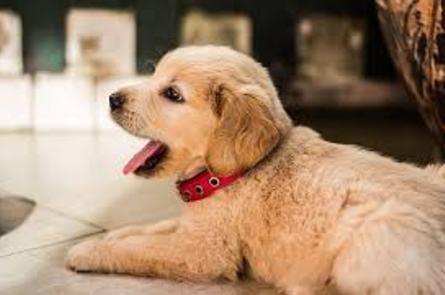
Leather Collars
Leather is also a common stylish material used for dog collars, but it is not recommended to use for puppies as they are more expensive and should be bought when your puppy is fully grown.
Neoprene Collars
Golden Retrievers and Goldendoodles have long hair genes, so using a neoprene collar for these dogs may be beneficial. Neoprene collars are made with wetsuit material, helping keep dirt off your puppy’s hair and keep it from matting.
Collar Hardware & Buckles
The hardware and buckles on the collar should also be taken into account. Solid metal is a strong and durable everyday choice, but if your pup likes to wiggle around while wearing the collar, use a high-quality plastic with a quick-release buckle to take the collar on and off easily.
ID Tags
Having identification on your puppy is important as it will help people find you if your puppy gets lost. ID tags generally sit on the puppy’s collar and provide information so people can contact you if they find your lost pup.
ID Tag Information
Information that is generally put on an ID tag is the puppy’s name, the owner’s name, and the owner’s phone number. Some people think it’s beneficial to put your address on the ID tag, but it’s best to meet the person who contacted you in a public space to ensure you’re not letting a stranger know where you live. You only need enough information to have your puppy returned to you safely but doesn’t accidentally put you in danger.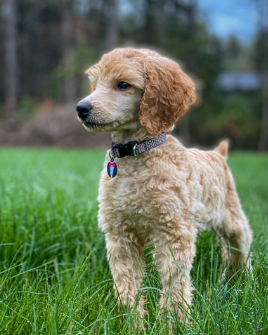
ID Tag Technology
ID tags can look simple, the information can be attached to the collar with the contact listed. They can also be advanced, new technology allows for trackers and even QR codes to be put in ID tags. You can put a smart tracker in your ID tag to help you track where your puppy has run off to, and put a QR code on the collar to provide specific information that may be helpful, including the puppy’s information, your contact information, any health issues your puppy may have, and your veterinarian, if needed. Deciding on using a simple or advanced ID tag depends on your budget and the neighborhood you live in, but having a tag on your puppy is essential to keep him/her safe.
Leashes
Like collars, finding the right leash for your puppy depends on the functionality you need. You can start leash training your puppy at around 8 weeks old, the earlier the better to help them develop good walking habits. In many places, it is required that your dog is on a leash when outside in public. In Pennsylvania, you are required to supervise your dog at all times and they must be kept close to you. While this doesn’t mean that you have to use a leash, it is the easiest way to keep your dog controlled.
Slip Leashes
Slip leashes are great choices for quick outside trips, like getting the mail or letting your puppy go potty. These leashes don’t need to be attached to a collar, they slip on and off your puppy’s neck easily.
Standard Fixed-Length Leashes
For everyday walks, standard leashes made from nylon, leather, or cotton are the most common option. Standard leashes have a fixed length, which is great for basic training to help your puppy learn to walk close to you. Fixed-length leashes are the best option when you are training your puppy. If you want your puppy to have more freedom of movement during walks, opt for a longer standard leash.
Double-Handle Leashes
If you want more control when walking your puppy, double-handle leashes will give you more control when holding the leash and won’t slip out of your hand as much. If you have children, double-handle leashes are great choices if they want to help walk the puppy. It will give your children more support when holding on to the leash, ensuring the puppy doesn’t accidentally take them for a walk instead.
Harness Leashes
For the most control, use a comfortable front-clip harness. Harnesses will give the owner control when training puppies, and will allow for an easier adjustment. Puppies respond well to harnesses as they are easy to get used to and won’t bring discomfort to their necks if they try to pull on you. However, this option may not prevent your puppy from not pulling at all.
Retractable Leashes
Retractable leashes extend up to 26 feet, letting you decide the length you want them to be. Your puppy can walk ahead of you and pull the leash to a desired length, then you lock the mechanism in place. Any remaining length will be retracted back to the handle when you unlock it. These leashes allow your puppy to have more freedom and movement but can persuade them to pull on you. Your puppy also won’t know where the end of the leash is, meaning they can accidentally snap their neck back if they run out of leash, which can cause trachea and vertebrae injuries. It is recommended that you only use retractable leashes when your puppy understands leash training, to make sure your puppy doesn’t learn to pull on you when walking.

 Ready to get started? Check out Blissful Paws’ available Golden Retriever, Goldendoodle, and Mini Golden Doodle puppies up for adoption, then fill out our adoption application to let us know the puppy you want. View our puppy care page for more information on the items you need to prepare for your new family member!
Ready to get started? Check out Blissful Paws’ available Golden Retriever, Goldendoodle, and Mini Golden Doodle puppies up for adoption, then fill out our adoption application to let us know the puppy you want. View our puppy care page for more information on the items you need to prepare for your new family member!
